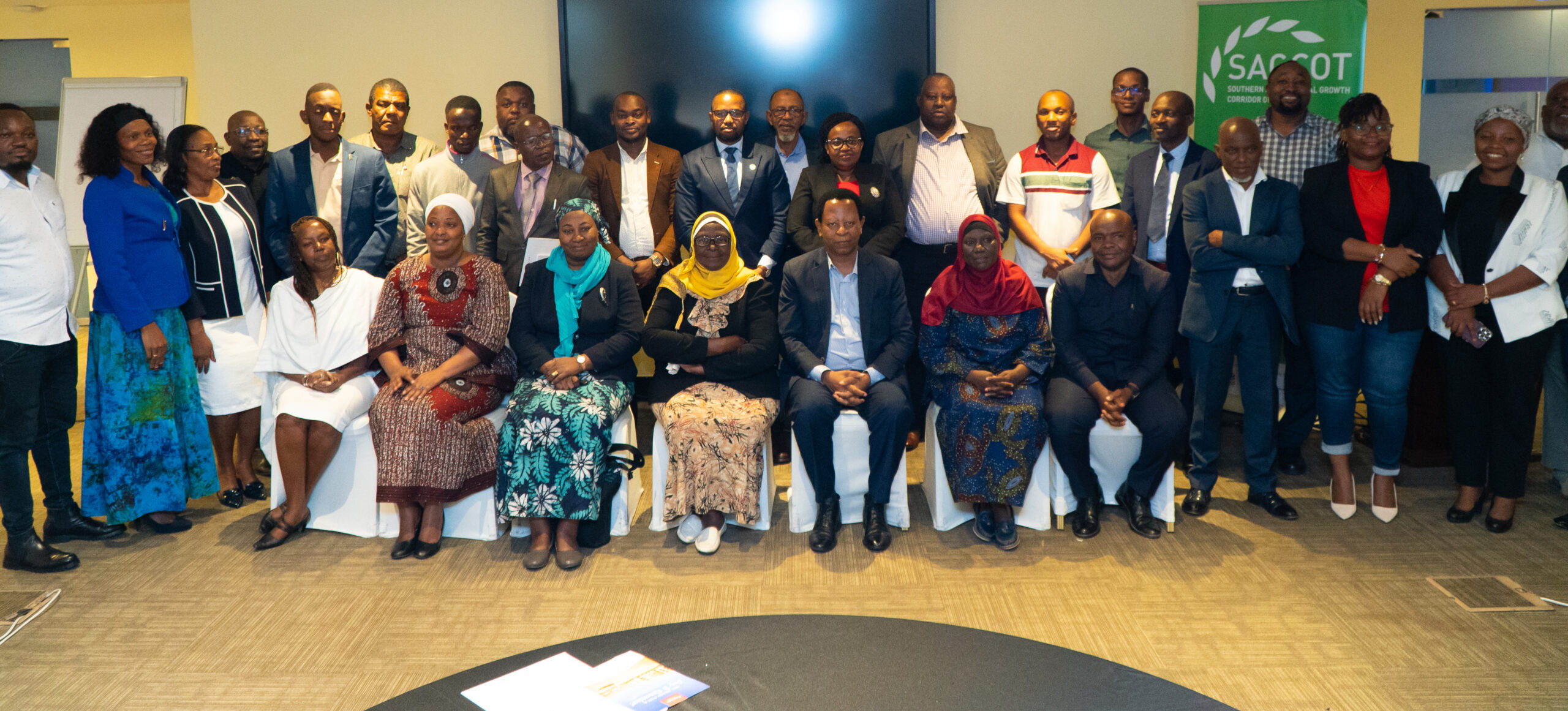Tanzania, with its diverse ecosystem ranging from the lush plains to the scenic highlands, has always had a wealth of agricultural potential. However, unlocking this potential in a manner that ensures sustainable growth and self-sufficiency was a challenge. Enter the Southern Agricultural Growth Corridor of Tanzania (SAGCOT) – a pioneering initiative that became the catalyst for Tanzania’s agricultural revolution.
SAGCOT’s Origins and Early Impact
Formed as a unique public-private partnership, SAGCOT’s mission was clear from the start: transform and modernize agricultural practices in Tanzania’s Southern highlands. And it wasn’t long before the results began to speak for themselves. Within a relatively short span, the SAGCOT corridor burgeoned, contributing to a staggering 60% of the country’s food crop production from just a third of its land.
Given its resounding success, it was no surprise that President Samia Suluhu Hassan saw the broader potential of the SAGCOT model. A nationwide rollout would mean a stronger, self-sufficient Tanzania, capable of not only ensuring food security for its citizens but potentially positioning itself as Africa’s prime food provider.
Mr. Geoffrey Kirenga, the dynamic CEO of SAGCOT, captured the sentiment perfectly, “Our vision isn’t just about nourishing Tanzania. It’s about nourishing dreams, aspirations, and an entire continent.”
The Multi-Faceted Approach of SAGCOT
Several factors contributed to SAGCOT’s success, each as crucial as the other.
- Changing Perceptions: Historically, agriculture in Tanzania was viewed primarily as a subsistence occupation. SAGCOT’s first task was to transform this mindset. They sought to elevate farming from being a mere occupation to a promising enterprise. “Our youth need to view agriculture as an arena of innovation, business, and prosperity,” commented Hon. Saad Mtambule, the District Commissioner of Kinondoni.
- Innovation and Sustainability: Modern farming techniques, better tools, and sustainable practices became the cornerstones of SAGCOT’s approach. Their initiatives aimed at increasing yields while ensuring that the methods were environmentally sustainable. For instance, through sustained efforts, maize’s productivity, a staple in Tanzania, is projected to increase by fourfold.
- Emphasis on Collaboration: One of SAGCOT’s most significant feats was the way it championed collaboration. The partnership model of bringing together governmental bodies, private sector players, and developmental partners proved to be a game-changer. The investment figures, with substantial contributions from the private sector, underline this success story. Dr. Salim Nandonde from the Prime Minister’s Office remarked, “Such unity in vision and collaboration is unprecedented. It’s setting a benchmark not just for Tanzania but for Africa.”
Challenges and The Road Ahead
However, the path isn’t devoid of challenges. Ali Ussi Basha from the Ministry of Agriculture Zanzibar highlighted one such area – food wastage. “As our production capabilities grow, it’s paramount we also focus on storage, processing, and distribution to minimize wastage,” he emphasized.
Another area that needs attention is infrastructure, particularly irrigation. As Mr. Timothy Mmbaga pointed out, the impact of climate change makes it essential for Tanzania to invest heavily in irrigation systems. “We need to be proactive. Depending solely on rain-fed agriculture is a risk we cannot afford,” he said.
But these challenges, while significant, are viewed as surmountable by those driving the SAGCOT initiative. Their overarching vision for Tanzania’s agricultural future is clear and unwavering.
An Assembly of Stakeholders and Visionaries
The recent consultations in Dar es Salaam provided a vivid showcase of this collective vision and commitment. It wasn’t just the breadth of representation – spanning Tanzania’s private sector, various government bodies, and international partners – but also the depth of insights, experiences, and expertise they brought to the table.
Remarkably, the event also witnessed the participation of former Tanzanian leaders, who, after their official tenures, had transitioned into the world of farming. Their presence added a unique blend of top-level policymaking experience combined with on-ground agricultural insights, adding significant weight to the discussions.
Reflecting on the Past, Building for the Future
While the recent focus has been on the upcoming nationwide rollout, it’s essential to acknowledge the roots of SAGCOT’s success. The early days, the challenges faced, the milestones achieved, and the lessons learned have all contributed to the robust model that SAGCOT represents today. The initial Stakeholder Consultations held in Mbeya in August 2023 serve as a testament to the collective drive and commitment to Tanzania’s agricultural vision.
As Tanzania gears up for this monumental nationwide agricultural transformation, the SAGCOT model stands as a beacon of hope, collaboration, and visionary thinking. It provides a tangible blueprint, demonstrating how multifaceted collaboration, coupled with innovation and a clear mission, can drive genuine, transformational change.
In its essence, SAGCOT’s journey and vision go beyond just agriculture. It’s a testament to the power of collective will, a tale of a nation coming together to redefine its future, and, potentially, the future of an entire continent.
